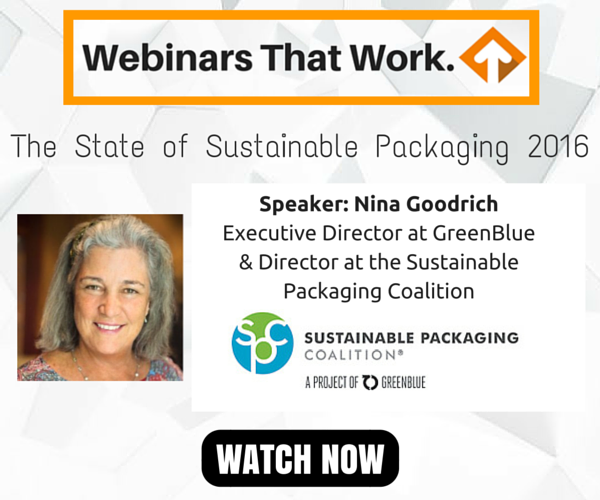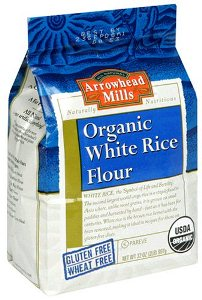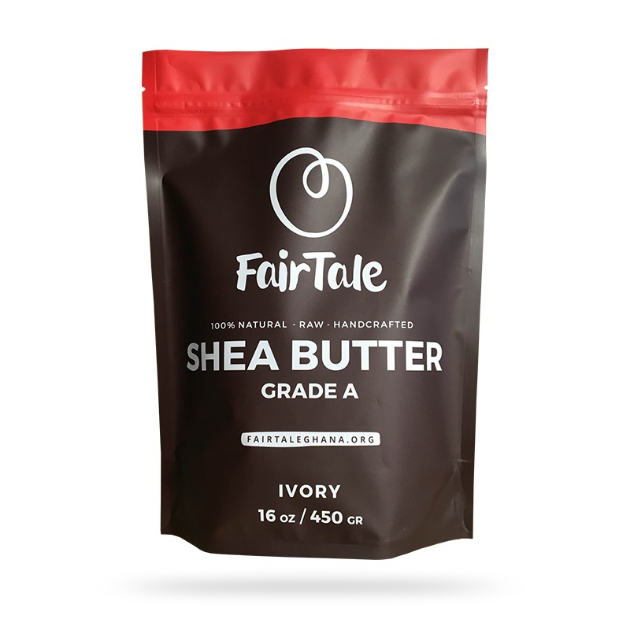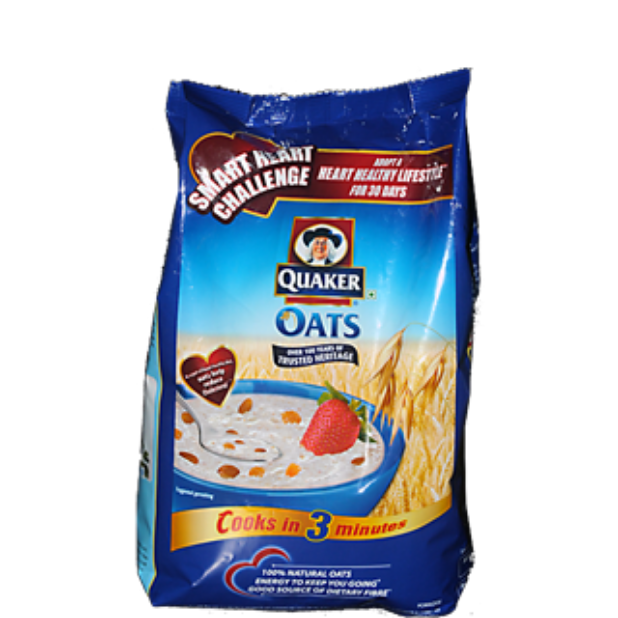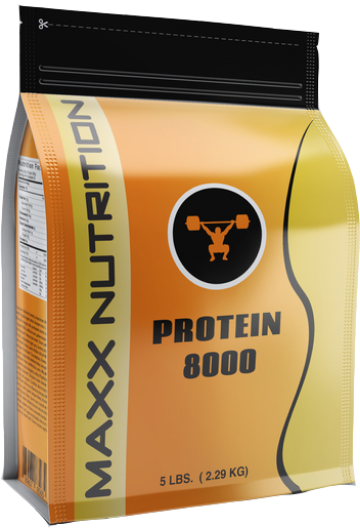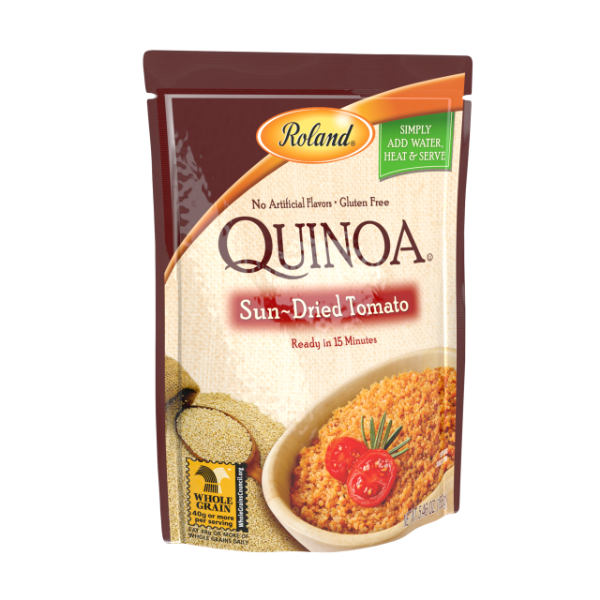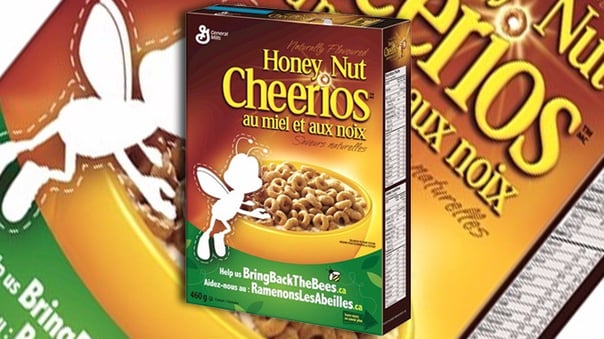
Today’s food companies are making great strides toward nurturing the health of our environment. From setting goals to reduce material waste, to adopting recyclable or compostable packaging, brands are making it easier for consumers to feel good about the products they purchase.
When we think of progressive food and beverage companies that utilize organic ingredients and speak to the eco-conscious consumer, generally smaller, local businesses come to mind. However, some of the leading food corporations are taking cues from the little guys and are making a significant positive impact on the world around us, starting with new campaigns that focus on strengthening our ecosystem.
One company that has invested time and money into the betterment of the environment is General Mills. This year, the cereal brand made a bold move in its marketing of food products by retooling its classic packaging for a good cause. While undergoing a packaging refresh is often a wise decision for any CPG brand, General Mills chose to erase an iconic image from its Honey Nut Cheerios boxes in Canada to raise awareness of an important issue facing not only the food industry but the entire ecosystem. The goal of removing the cereal product’s iconic bee mascot was meant to raise consumer consciousness about the region’s rapidly declining bee population — as one third of the foods we ear to survive are made possible by natural pollination from bees.
Using sustainable food packaging to draw attention to this important cause was part of the brand’s overall purpose-based marketing campaign, serving as a call to action for consumers to really think about what goes into producing the food that sustains them. General Mills also provided educational text on its environmentally friendly food packaging that directs consumers to a website to order a free packet of wildflower seeds. Using product packaging as part of an entire campaign, which included online video, a webpage, a contest, and various PR activities, illustrates the power packaging plays in the modern marketing of food products. Today’s brands are going beyond traditional statements on their packaging (like communicating the benefits of their product, highlighting certain flavors or ingredients, etc.) to align with the issues that are of the utmost importance to their customers.
General Mills’ decision to remove an established brand symbol from its cereal packaging was a bold step, but this move challenges marketing’s conventional thinking using the voice of a major brand, and it encourages both producer and consumer to pay closer attention to sustainable food packaging and the issues happening regarding our environment.
This isn’t the first or only time the company has made a splash in the world of eco-friendly food products. General Mills recently announced its partnership with Organic Valley, an organization that will help 20 dairy farms add 3,000 acres of organic production over the next few years. The organic cooperative is the largest organic in the U.S., and this partnership marks General Mills’ initiative to switch to organic milk for its yogurt products in an effort to grow natural food sales over the next three years. The brand has already become the nation’s third largest maker of natural and organic foods, with popular brands like Annie’s and Larabar falling under its umbrella.
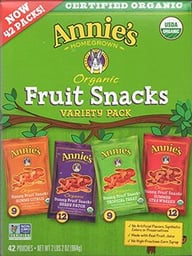 Investing in and acquiring smaller brands shows General Mills (and other larger food companies) are actively observing and listening to the efforts of smaller businesses and are following their lead, rather than trying to set all standards for the food industry themselves. More and more consumers choose healthy, natural products from smaller startups because these are the companies communicating their commitment to the betterment of the environment right on their product packaging. They’re establishing themselves as clean-label, eco-friendly companies, and today’s conscious consumer gravitates toward these initiatives. Larger corporations and household-name brands now understand that people are willing to try new products and prefer to give their money to companies that are doing good things for their health and the health of the planet.
Investing in and acquiring smaller brands shows General Mills (and other larger food companies) are actively observing and listening to the efforts of smaller businesses and are following their lead, rather than trying to set all standards for the food industry themselves. More and more consumers choose healthy, natural products from smaller startups because these are the companies communicating their commitment to the betterment of the environment right on their product packaging. They’re establishing themselves as clean-label, eco-friendly companies, and today’s conscious consumer gravitates toward these initiatives. Larger corporations and household-name brands now understand that people are willing to try new products and prefer to give their money to companies that are doing good things for their health and the health of the planet.
The reality is, the food business as a whole is responsible for a good chunk of greenhouse gas emissions, particularly in the aspects involved with agriculture. Producing more food requires companies to drastically reduce their carbon and water footprints — General Mills, in particular, has set a goal to cut emission by up to 72 percent by 2050 — much of which can be achieved by switching to lightweight, recyclable, eco-friendly packaging.
Environmentally friendly food packaging plays an important role in not only communicating a brand’s sustainability efforts, but it also reduces carbon emissions, helps eliminate food waste, assists in the reuse of raw materials while protecting the health of the natural and organic products inside the package. Whether a brand is a startup selling food at local farmer’s markets, or a large corporation stocked at major global retailers, companies large and small can use packaging as an integral part of their overall purpose-driven marketing and as a way to lessen their negative impact on the world around us.
(Image Sources: Chew Boom, Amazon)
Related Posts:
Will Your Product Packaging Survive the Food Revolution?
Lessons in Sustainable Retail Packaging from Blue Diamond Almonds
How the Big Brands Use Flexible Packaging for New Profits
Kraft Stand Up Pouches: Sustainable Solutions for Your Product

